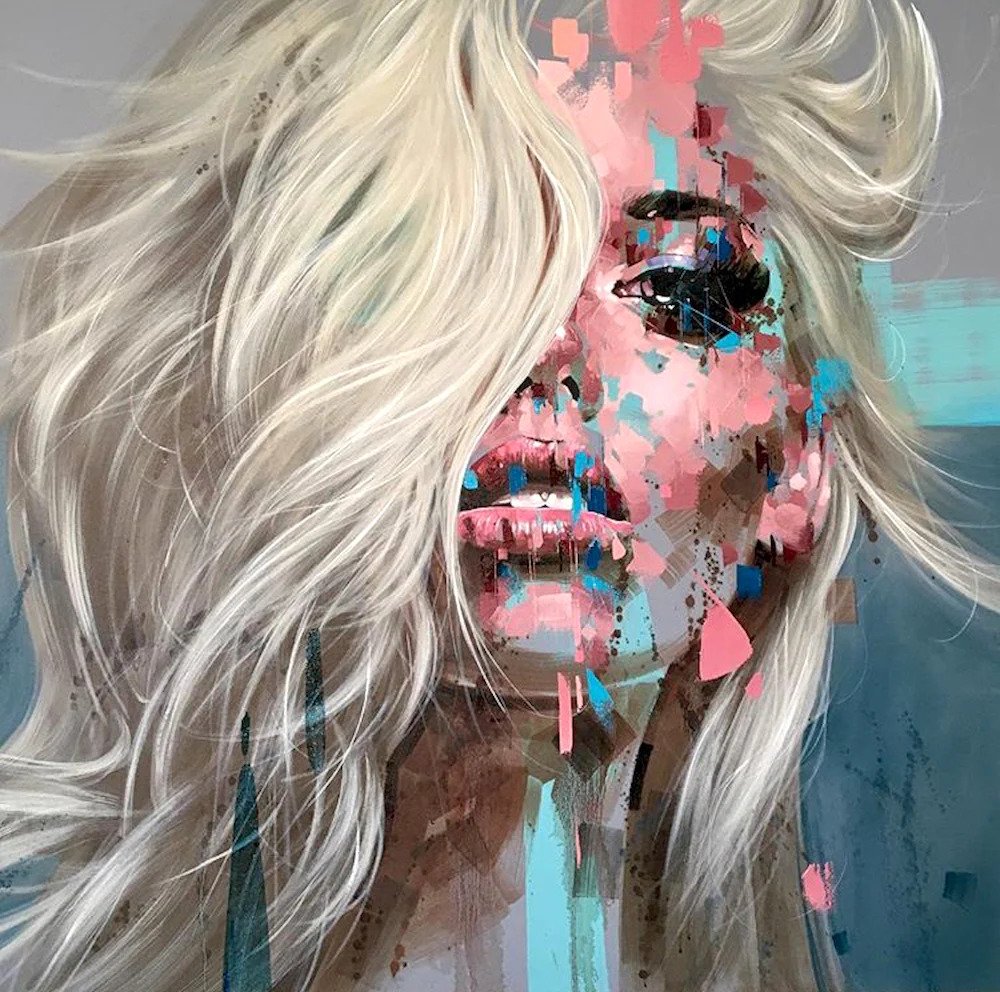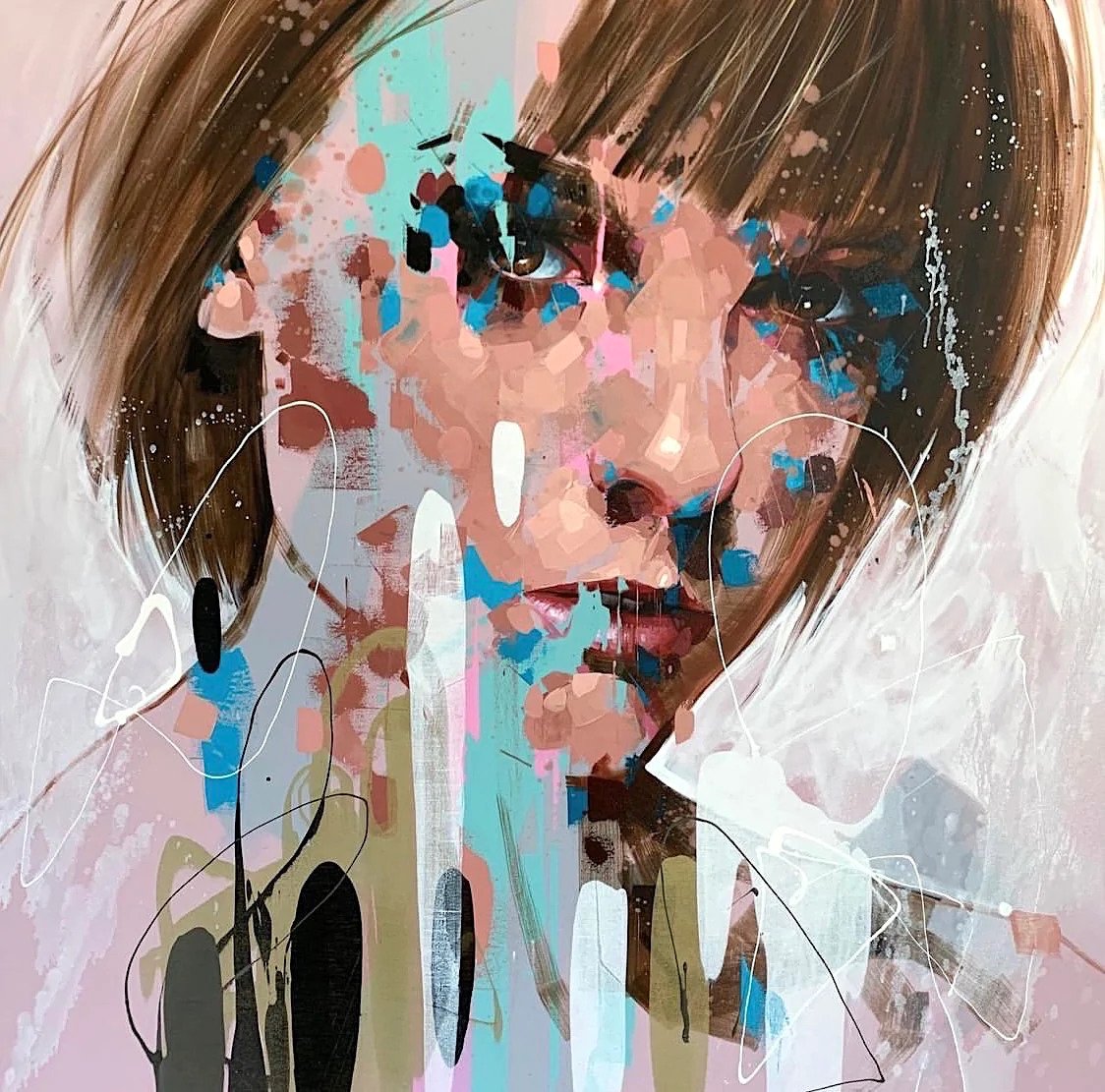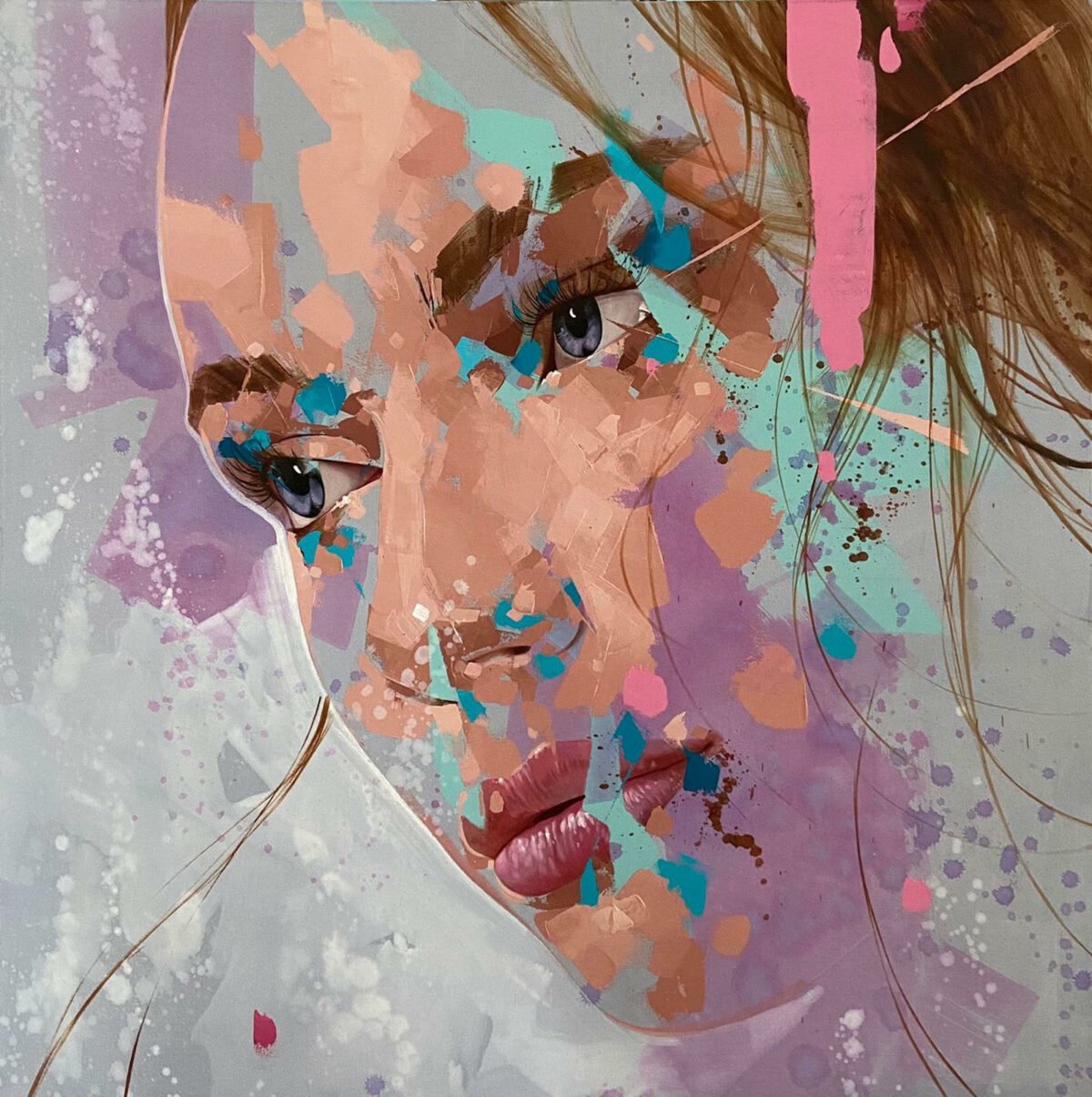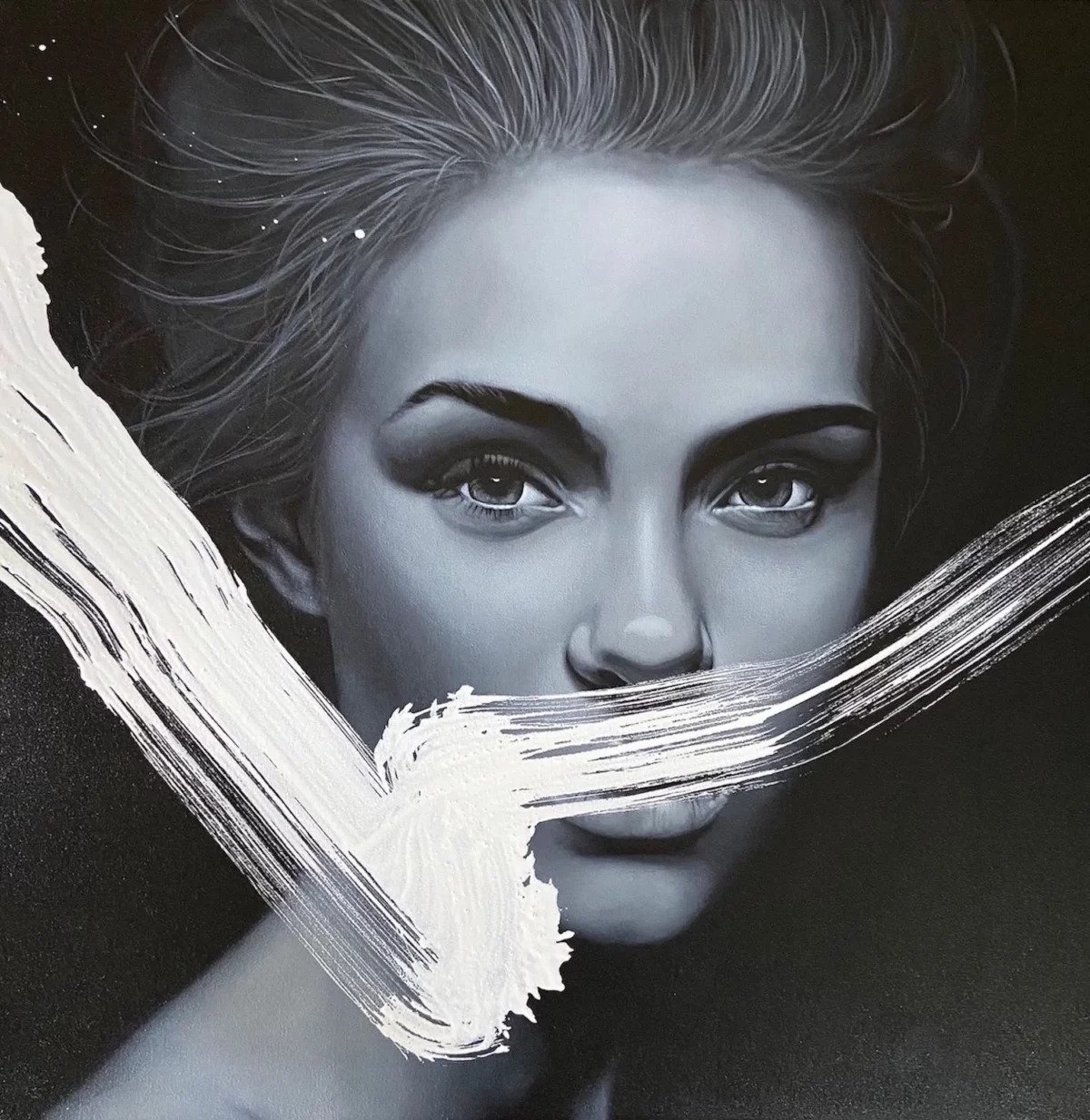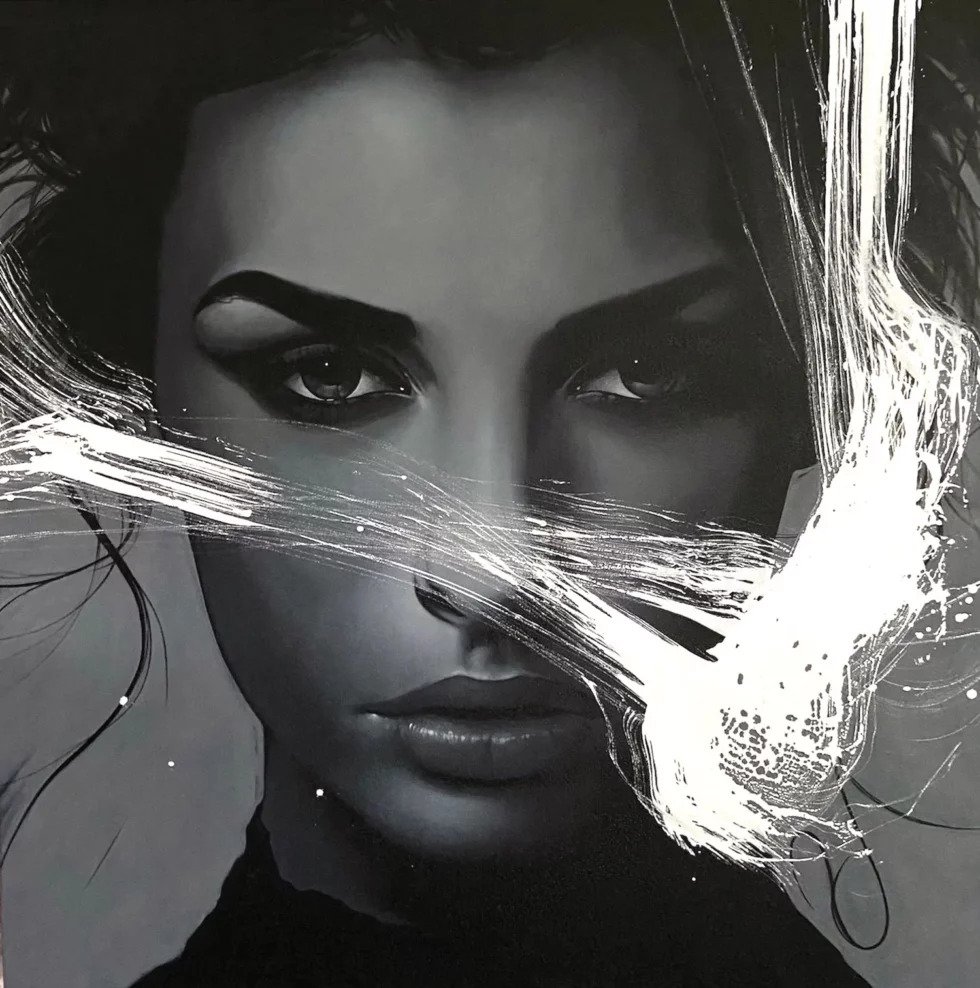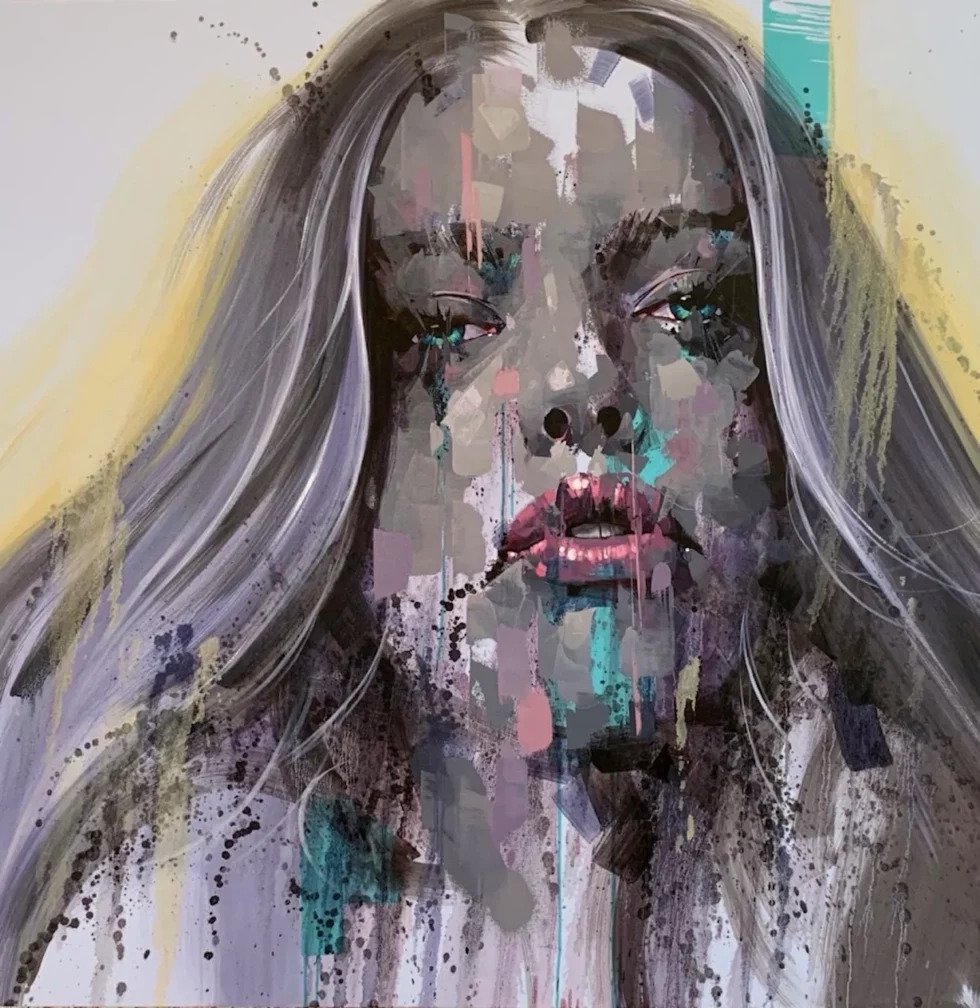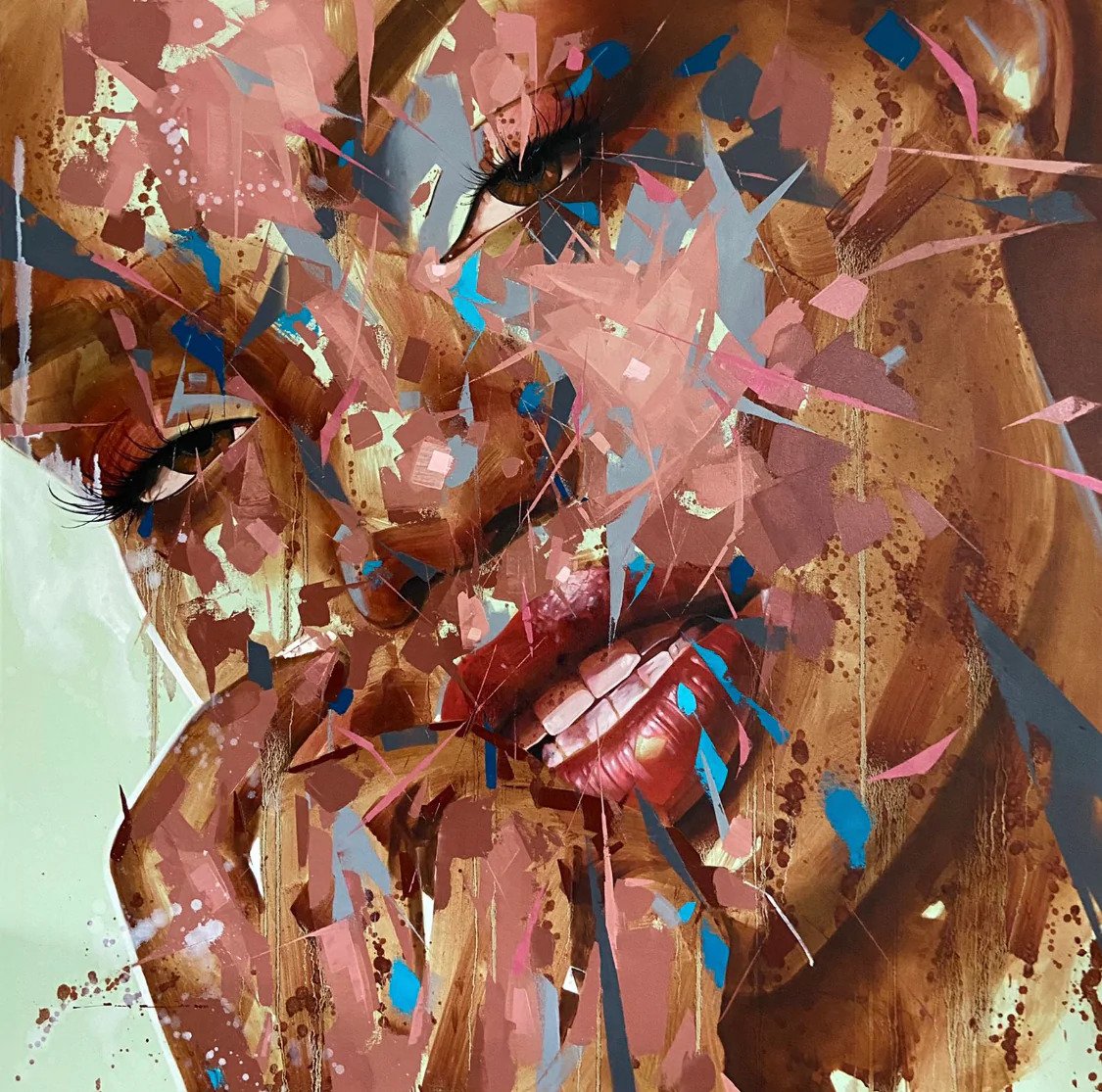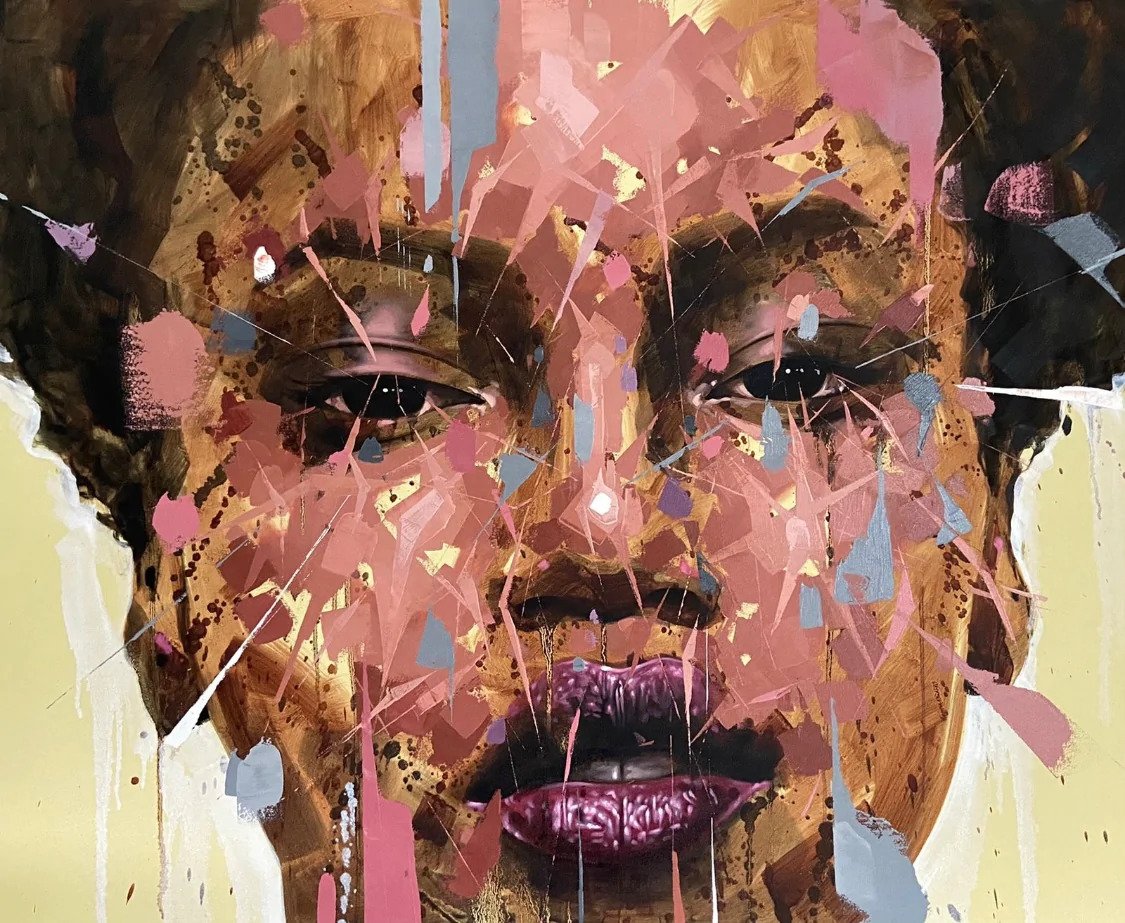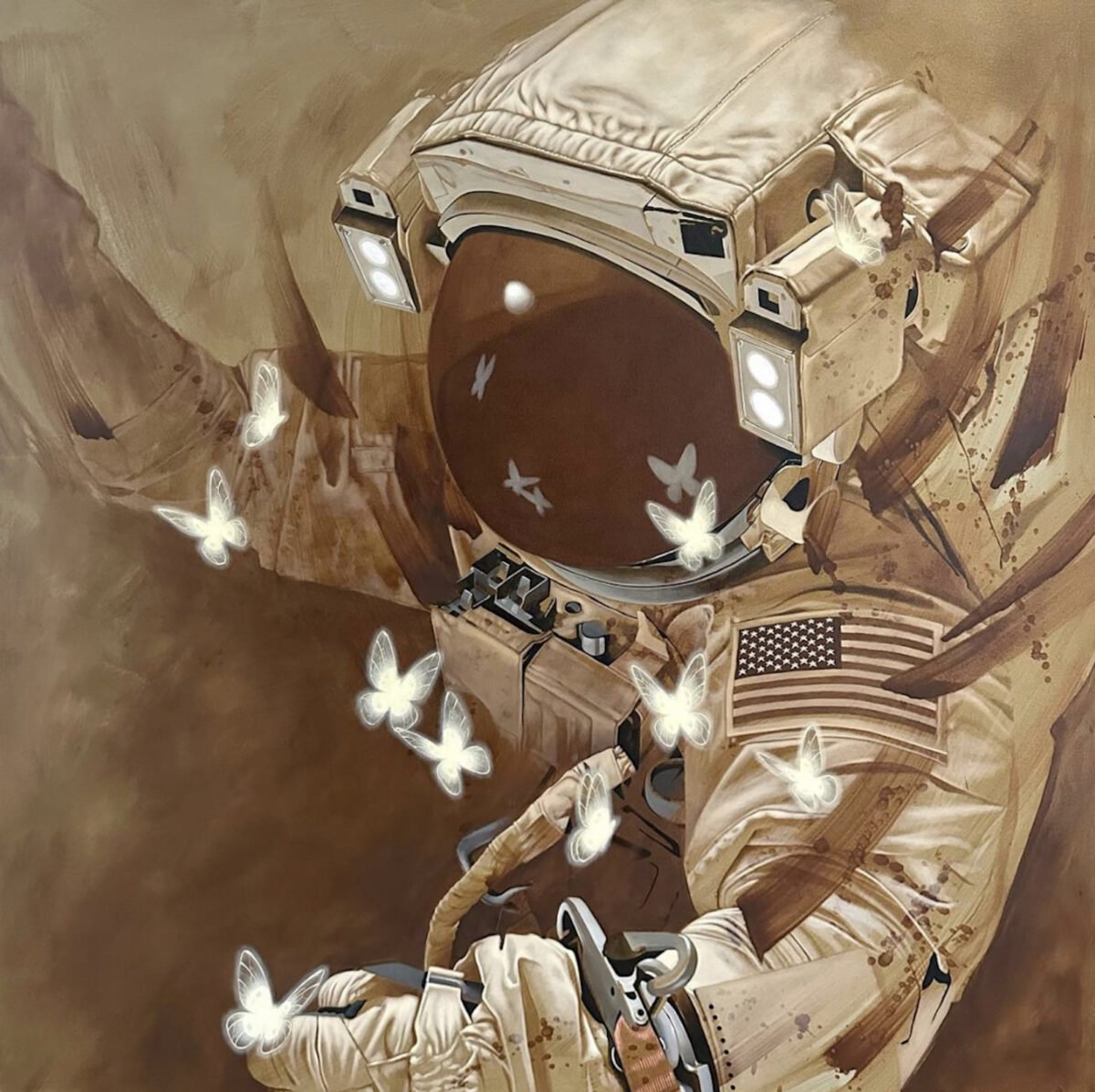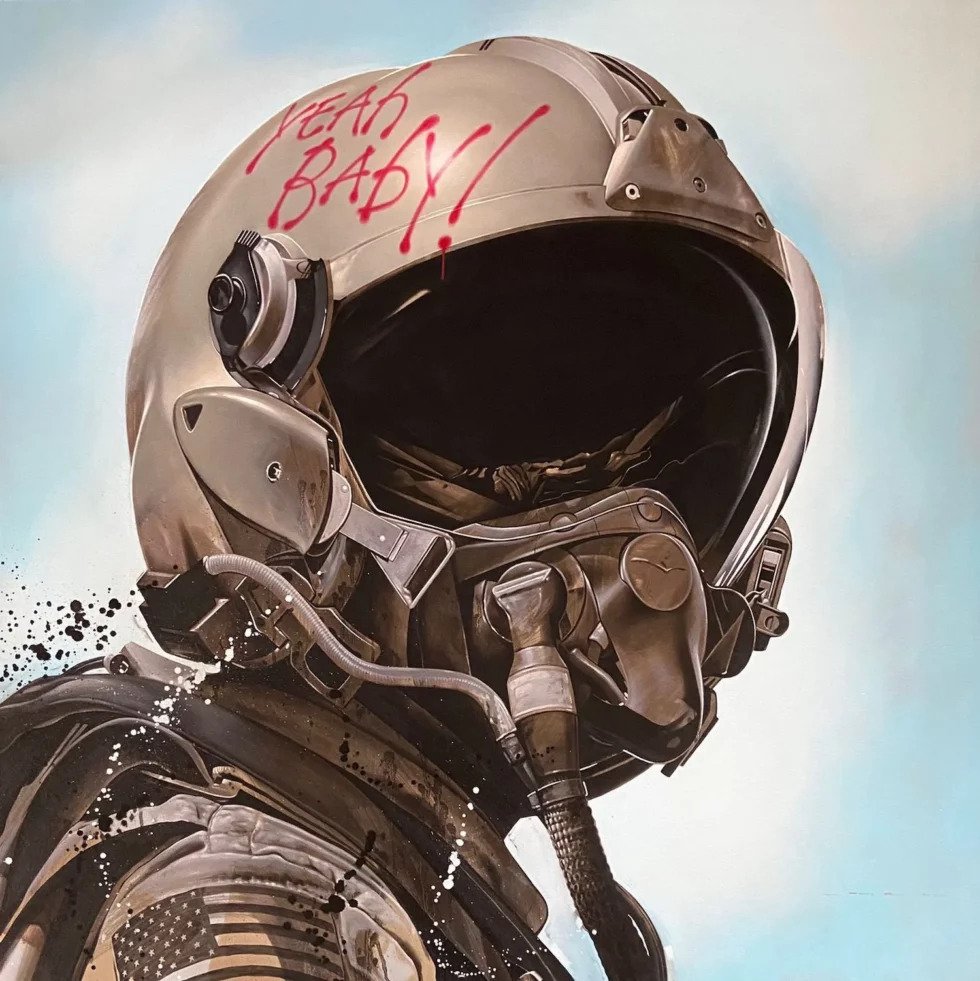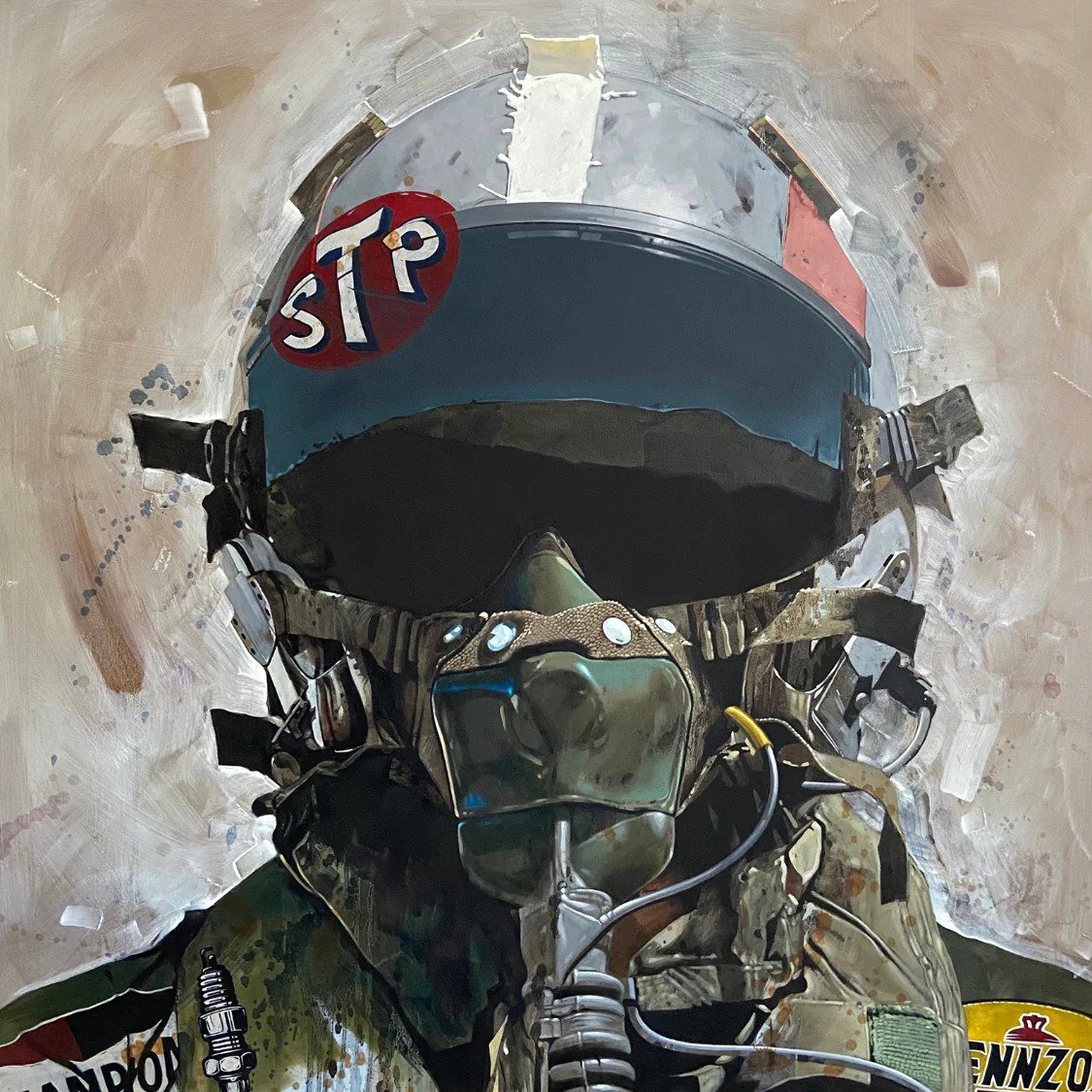JIMMY LAW INTERVIEW
“Building a strong connection with my clients is something I value deeply, both for personal satisfaction and for the positive impact it has on my business. This approach goes beyond mere transactions; it’s about forging meaningful relationships.”
Your journey as an artist has seen a notable evolution from photo-realistic painting to a more diverse style. This shift appears to have been pivotal in advancing your career. Could you elaborate on the factors that influenced this artistic transition and how it has impacted your professional development?
My background in graphic design initially steered me towards a pursuit of photorealism, where my aim was to replicate images with near-perfect accuracy. However, as I matured artistically, my perception of perfection evolved. I gradually shifted from valuing photorealism as the pinnacle of artistic achievement to seeking a more dynamic and vibrant form of expression. This transition led me to focus on creating portraits that are full of energy, movement, and expression. This change not only invigorated my creative process but also increased my productivity, resulting in a larger body of work available in the market and, consequently, more sales.
Your career has been quite versatile, including unique experiences such as working in the comic industry and customizing Harley-Davidson motorcycles. Reflecting on these varied projects, do you envision a return to these earlier forms of artistic expression after your recent focus on traditional painting?
In my younger years, I explored various artistic and design ventures, each infused with a strong creative element. However, once I discovered my true passion in professional art, I fully committed to it and haven't looked back. The fulfillment I find in this path makes it unlikely for me to revert to those earlier ventures.
You've consistently integrated philanthropy with your art, often auctioning pieces for charitable causes. What prompted you to begin using your art as a tool for social impact, and do you foresee maintaining this philanthropic aspect in your future projects?
I feel a profound sense of gratitude for the success I've achieved in my art career. As a token of this gratitude, I donate my work to support worthy causes, seeing it as a means of giving back to the community. I intend to continue this practice of philanthropy for as long as I am capable, believing strongly in the impact it can have.
The relationship you have with your clients seems exceptionally profound. One anecdote that stands out is of a former client who refused a substantial offer for a piece purchased from you, citing the irreplaceable sentimental value and memories attached to the artwork. How did you react upon hearing about this remarkable display of attachment to your work?
Building a strong connection with my clients is something I value deeply, both for personal satisfaction and for the positive impact it has on my business. This approach goes beyond mere transactions; it's about forging meaningful relationships. The story of the client who refused a lucrative offer for one of my pieces, citing the irreplaceable memories attached to it, is a testament to this. Their decision to prioritize sentimental value over monetary gain underscores the profound connection and significance that my art can hold for individuals. It reaffirms my belief in the priceless nature of the emotional and personal associations that my work can evoke.

